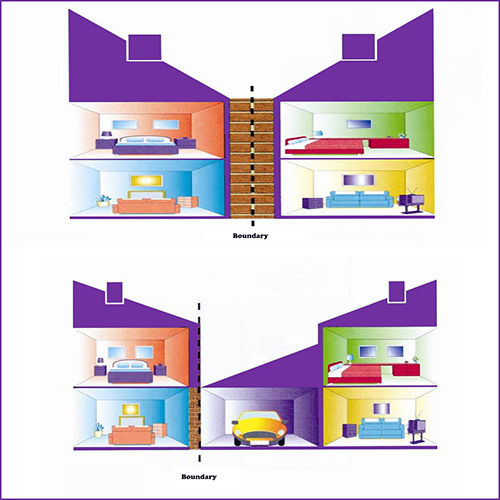
Important Things To Know About The Party Wall Process
What is a party wall?
A party wall is a dividing partition between two adjoining buildings that is shared by the occupants of each residence or business.
The party wall act –
The party wall act 1996 applies to houses in England and Wales and was devised to prevent building work that could compromise the structural integrity. The act can be used to stop disputes between neighbours and to help resolve them if they should arise.
Overview –
You must tell your neighbours if you want to carry out any building work near or on your shared property boundary.
Party walls stand on the land of 2 or more owners and either:
- Form part of a building
- Don’t form part of a building, such as a garden wall
Walls on one owner’s land used by other owners to separate their buildings are also party walls.
Party wall agreement –
You must tell your neighbours and provide them with a notice and come up with an agreement in writing. If you use a builder or an architect, they can advise you on this.
Once you’ve given notice your neighbour can:
- Give consent in writing
- Refuse consent
- Serve a counter notice requesting additional works be done at the same time
Your neighbours must let you know in writing within 14 days if they consent to your notice, and you must do the same with a counter-notice
The following works require you to obtain a party wall agreement
- Any work to shared walls between semi-detached and terraced houses
- Work to garden boundary walls
- Loft conversions that mean cutting into the wall
- Making party walls thicker or higher
- Building a second storey extension above a shared wall
- Building a new wall up to or off the party wall
What happens if a neighbour ignores the act –
If an adjoining owner doesn’t respond, then you may appoint a surveyor to act for the adjoining owner. The act allows you to do this without having any further discussion with a neighbour.






